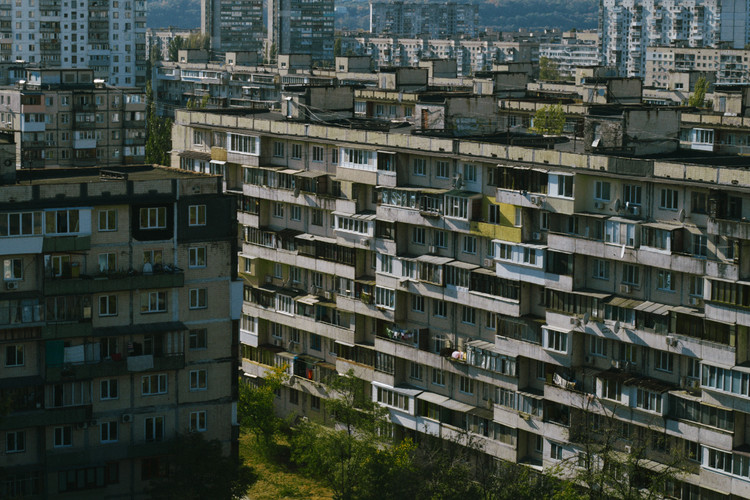The informal mechanisms of organization in everyday public life have been at the core of concerns of many researchers and practitioners (e.g., Rukmana and Hegel in Indonesia, Mehrotra in India, and Nagati in Egypt). While examining these processes in different contexts, the focus was typically on their interplay with “formal” regulations or in relation to the private built environment. Few highlighted the significance of these informal arrangements per se and their importance in governing public shared spaces (Simone 2004 & 2009, Bayat 1998 & 2010). These mechanisms lend some sort of spatial flexibility to the street transforming it into much more than a space for circulation, but rather a holder of mixed uses, leading therefore to an altered definition of public life.
Perhaps the best known of all books addressing the topic of public life is Jane Jacob’s The Death and Life of Great American Cities where the author described streets and their sidewalks as the main public places of a city–its most vital organs. Density, walkability, mixed uses, and human scale are described as main criteria for livable cities. Even though these concepts are usually used to define well-planned cities, they seem to also describe very well the lively streets in areas typically tagged as informal. Such vibrant streets are often the result of unplanned and complex processes that offer us many more interesting lessons when disentangled and understood.
Taking the case of Nabaa (Bourj Hammoud) I look into the ways in which the dwellers share the scarce public spaces of the neighborhood and highlight the importance of their efficient organization/management as mixed-use spaces[1]. There is a lot to learn from the informal mechanisms and practices that govern the space of the street and the sidewalk. Vibrancy in such spaces often stems from widespread economic activities and social life. However, over-crowdedness inevitably leads to conflicts whereby the better connected and the more powerful in the neighborhood’s social structure are able to make stronger claims over space and the more vulnerable (i.e., elderly, children, women, and migrants) learn to navigate their way and adapt through other self-devised alternatives. These multiple claims might seem chaotic or unorganized. However, a detailed investigation revealed they are ruled by a set of codes that aim at anticipating, mitigating, and resolving conflicts. What and how can we learn from these complex informal mechanisms of conflict resolution and space reallocation that street users in dense informal areas deploy in their everyday life?
Nabaa is a dense low-income neighborhood located immediately at the eastern edge of Beirut’s administrative boundary and houses a large percentage of vulnerable population groups including foreign migrant workers and refugees. The area offers a unique blend of religious, national, and ethnic mixity that is vividly reflected on the neighborhood streets through banners, street signs, graffiti and stencils but also storefronts and dress codes. The streets of Nabaa are rife with commercial and economic activities either happening on the ground floors of buildings or using the space of the street/sidewalk itself. Through direct observations, mapping and interviews, I looked into the ways in which the dwellers use the spaces of the neighborhood and manage the multiple claims over the scarce shared spaces.
Given the high population density and scarce open spaces, dwellers come up with ad-hoc solutions to fulfill their daily needs and, at the same time, improve the spaces of their neighborhood (i.e., greening, open space appropriation, and waste management). The space of the sidewalk/street acquires different meanings through time since dwellers assign functions to it through their own practices. The space is hence defined by social and economic processes rather than planned top-down schemes. It becomes hard to distinguish pre-set boundaries between public and private, sidewalk and street, inside and outside… Hence, conflicts are solved through deploying complex informal mechanisms that rely on the flexibility of both time and space. While I narrate the stories from the streets of Nabaa, I propose that the efficient, perhaps creative, management of the shared spaces of the city by the street users themselves can mitigate or even evade conflicts. The informal arrangements render the space of the street to be much more than a passage, but rather a holder of mixed uses increasing its effectiveness in responding to conflicting needs and pressing demands.
Dimensions of Space and Time
In order to understand how the multiple use and users coexist in Nabaa through space and time, I mapped the main commercial and social practices on a busy artery in Nabaa (Sis Street) while highlighting the dimensions of time and space. Hence, the patterns of use and meaning of space are in a constant shift over the course of a single day, sometimes hours.
More



![[Negotiations and invisible tactics: bargaining over space as well as prices. Image by Petra Samaha] [Negotiations and invisible tactics: bargaining over space as well as prices. Image by Petra Samaha]](http://www.jadaliyya.com/content_images/3/Figure4.png)